President Obama’s pledge to run the most transparent administration was merely a campaign promise and not a statement of management style. We’ve seen a series of highly public scandals—Fast and Furious, Benghazi, IRS, NSA, and now the VA—where Oversight Committees have fought to pry information out of the Obama White House, only to receive stacks of redacted documents.
Due to court-ordered information provided to nonprofit government watchdog groups in response to Freedom of Information Act (FOIA) requests, it is very clear why the Administration wanted to keep specific contents hidden. The White House doesn’t want the public to know the rationale behind the policies that are having a negative impact on all Americans.
Together, the Endangered Species Act (ESA) and Clean Air Act restrict access to public and private lands for farming, ranching, and energy development, and reduce the availability of affordable electricity—often on faulty or questionable science.
In New Mexico, due to the newly protected meadow jumping mouse, the U.S. Department of Justice and the U.S. Forest Service are preventing cattle ranchers from accessing water to which two different court rulings have declared the ranchers’ have rights. The mouse was listed despite decades of scientific controversy over whether the meadow jumping mouse was a ‘valid subspecies’ or whether it really was vanishing. Current research from the University of New Mexico includes recommendations that would lead to a re-evaluation of the listing. Yet, “sue and settle” agreements prevent the public from seeing the science upon which such listings are based.
The Information Quality Act (IQA), enacted by Congress in 2000, requires that “quality” science be used in such cases.
In a Ranch Magazine article titled “Verify The Science,” Dan Byfield, CEO of American Stewards of Liberty, showed how the IQA can be used to prevent environmental organizations from “manipulating our government and federal statutes to their benefit and the detriment of everyone else.” He worked successfully with eight counties in the Permian Basin to stop the U.S. Fish and Wildlife Service from listing the dunes sagebrush lizard as endangered. He states: “What we found was anything but credible science. …and this is true with almost every proposed listing.”
Taking the IQA a step further, earlier this year, the Institute for Trade Standards and Sustainable Development (ITSSD) filed FOIA requests regarding the science underpinning the EPA’s 2009 greenhouse gas endangerment findings—identifying six greenhouse gasses as posing a risk of endangerment to public health and welfare within the meaning of the Clean Air Act.
An ITSSD press release states: “The objective of the FOIA requests has been to secure disclosure of government records substantiating each agency’s compliance with the provisions of the U.S. Information Quality Act.” ITSSD asserts that, based on its research, the required “peer review science process has likely been compromised on conflict of interest, independence/bias, peer review panel balance, and transparency grounds.”
ITSSD believes that the EPA’s endangerment ruling—which has triggered costly and burdensome greenhouse gas emissions control regulations—is based on bad science and is seeking records regarding the climate science-related peer review processes.
Requests for information are being stonewalled.
The views expressed in this opinion article are solely those of their author and are not necessarily either shared or endorsed by WesternJournalism.com.


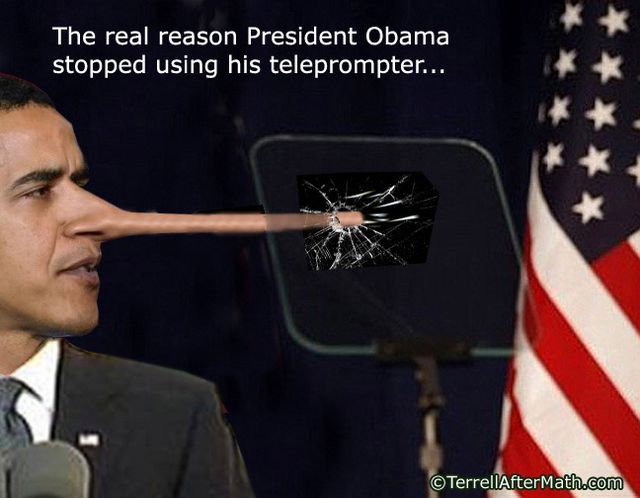
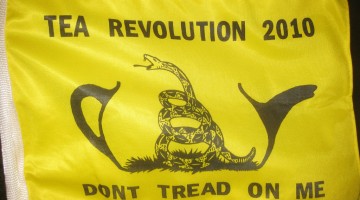



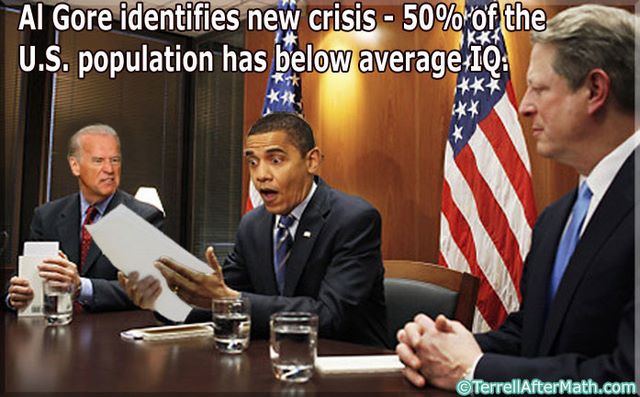

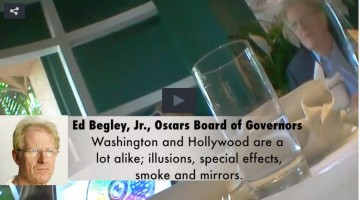
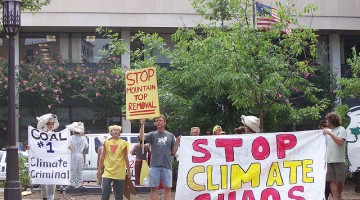
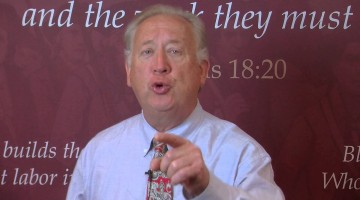

So Al Gore just got introduced to the democratic party?
From Bush to IQ – how could we expect him to succeed? Really???
So the mouse and lizard have moved up the valued species list above Homo Sapiens….Dan Quayle invented greenhouse gas standards to save the reptilian and rodent populations… How about they marry one of the Rodents to make us equal to them, then we can enact laws to prevent discrimination against mice ….
or rats!!!
Hahahahaha! oooooooooooooh you can see this one coming………..And the all voted for Obama!
What a screwed up country this has become. Sad…..
climate change is a scam, it’s all about corrupt washington want full government control of citizens
Do you mean that al gore just found out that the democratic electorate has an 80 or less IQ?
I would say that the mouse and rodent species in running the country right at this moment, in the form of Obama and Co.!
Gore is the most clueless….. he just has good handlers and hes willing to lie about anything to get ahead.
Both of their strings are showing.